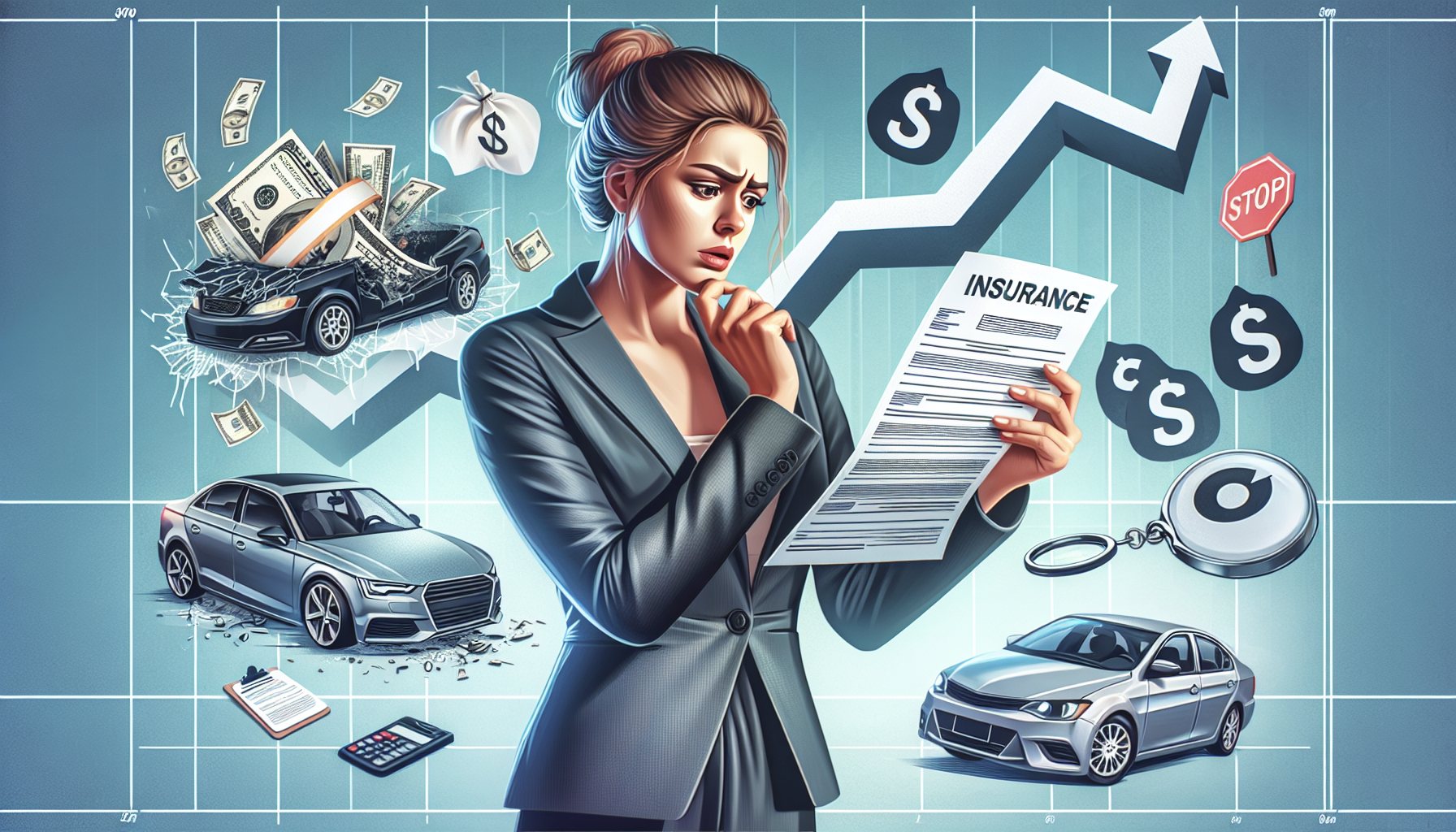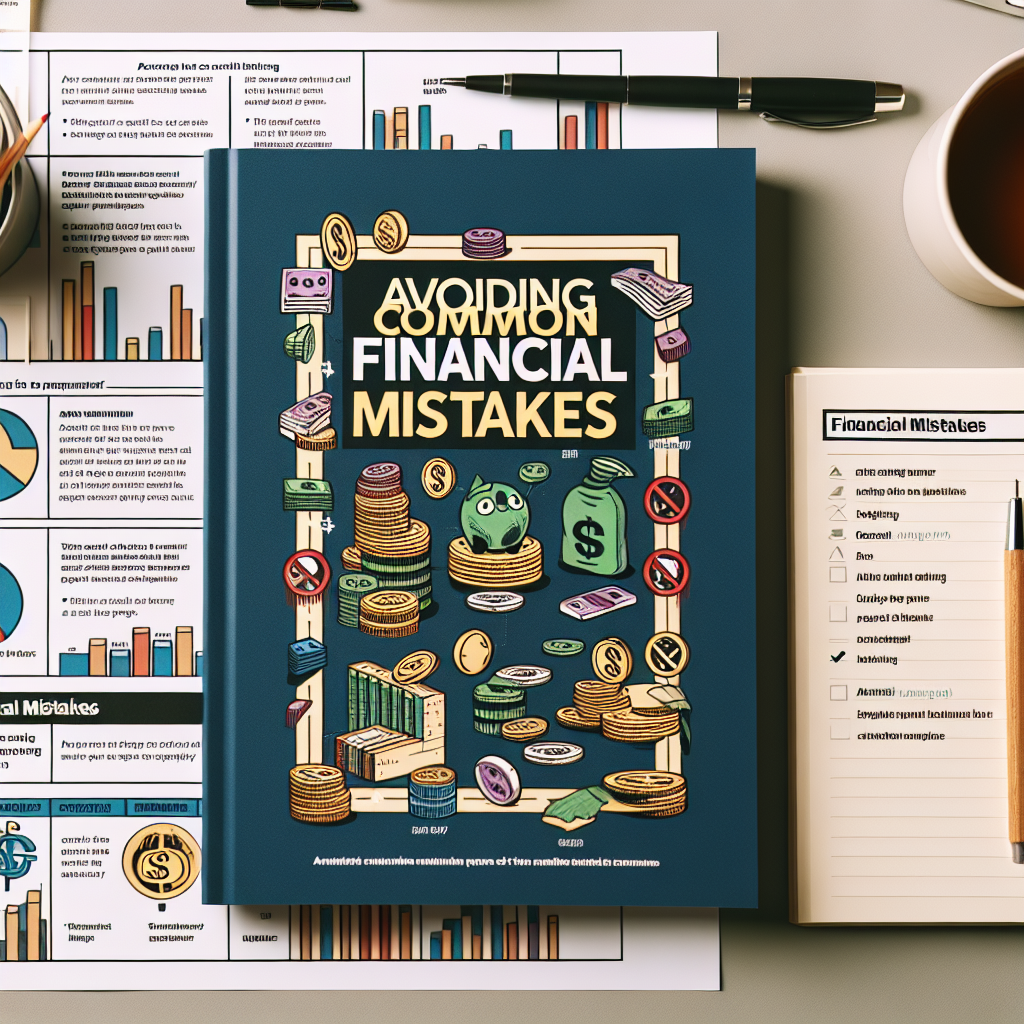
Introduction
If you’ve noticed that your car insurance premiums keep rising each year, you’re not alone. Many drivers are facing higher costs even if they haven’t had accidents, filed claims, or made changes to their policies. Insurance companies adjust rates based on various factors, including economic trends, personal driving history, and industry-wide risks. In this article, we’ll explore the key reasons why car insurance premiums are increasing and what you can do to manage these rising costs.
1. Inflation and Rising Repair Costs
One of the biggest contributors to higher car insurance rates is inflation. As the cost of goods and services rises, so does the price of repairing or replacing vehicles. Modern cars are equipped with advanced technology, sensors, and computerized systems, making repairs significantly more expensive than in the past.
For example, replacing a simple bumper used to cost a few hundred dollars, but with today’s vehicles incorporating backup cameras and parking sensors, the price can run into the thousands. Since insurers must cover these higher repair costs, they pass the expenses onto policyholders in the form of increased premiums.
2. More Frequent and Costly Claims
Insurance companies base their rates on risk, and an increase in accident claims means higher costs for insurers. Several factors contribute to the rising number of claims:
- Distracted Driving – The use of smartphones while driving has led to an increase in accidents, making insurance claims more frequent.
- Extreme Weather Events – Floods, hurricanes, and wildfires are causing more damage to vehicles, resulting in higher insurance payouts.
- Higher Medical Costs – When accidents result in injuries, the cost of medical treatment has risen, increasing the amount insurance companies must pay.
With more claims being filed and the cost of each claim increasing, insurers adjust premiums to balance their financial risk.
3. Increased Auto Theft and Vandalism
Vehicle theft and vandalism rates have been rising in many regions, especially with criminals targeting high-value and luxury vehicles. Certain car models are more attractive to thieves, and if your car is on the list of commonly stolen vehicles, you may see a higher insurance rate.
Additionally, catalytic converter theft has surged in recent years due to the valuable metals inside, leading to costly repairs for car owners. If you live in an area with high crime rates, your insurer may adjust your premiums accordingly.
4. Rising Medical and Legal Costs
In the event of an accident, insurance companies are responsible for covering medical expenses, legal fees, and compensation claims. Due to the rising costs of healthcare and legal settlements, insurers are paying out more money per claim.
For example, if someone suffers an injury in a car crash, medical treatments such as surgeries, rehabilitation, and hospital stays can cost tens of thousands of dollars. Additionally, lawsuits for personal injuries have become more common, leading to higher legal expenses for insurance companies. These factors contribute to increased premiums for all drivers.
5. Changes in Driving Habits and Traffic Trends
The way people drive and use their cars has changed over the years. Some key trends affecting insurance rates include:
- Increased Traffic Congestion – More cars on the road lead to a higher likelihood of accidents.
- Longer Commutes – People are driving longer distances, increasing their risk of being involved in an accident.
- Post-Pandemic Traffic Shifts – With more people returning to offices and traveling, the number of road accidents has risen, impacting insurance rates.
6. Your Personal Driving History and Credit Score
While industry-wide trends impact car insurance rates, your personal driving history plays a significant role in determining your premiums. Factors such as:
- Traffic Violations – Speeding tickets, reckless driving, and DUIs can cause your insurance rates to spike.
- Accident History – If you’ve been in multiple accidents, insurers see you as a higher risk.
- Credit Score – In some states and countries, insurers use credit scores to determine premiums, assuming that individuals with lower credit scores are more likely to file claims.
7. Insurers Adjusting Risk Models and Reinsurance Costs
Insurance companies constantly refine their risk assessment models to predict future claim probabilities. If insurers determine that a particular demographic, region, or vehicle type has a higher risk profile, they adjust premiums accordingly.
Additionally, insurance companies purchase reinsurance to protect themselves against catastrophic losses. If reinsurance costs rise due to global financial instability or an increase in disasters, insurers pass these costs to consumers.
8. Lack of Discounts or Missed Savings Opportunities
Many drivers don’t take advantage of available discounts that could lower their rates. Some common discounts include:
- Safe Driver Discounts – Offered to those with a clean driving record.
- Bundling Policies – Combining auto and home insurance can reduce costs.
- Usage-Based Insurance (UBI) – Programs that track driving behavior and reward safe driving with lower rates.
Failing to explore these options may result in paying more than necessary for insurance coverage.
How to Reduce Your Car Insurance Premiums
While rising premiums may seem unavoidable, there are several ways to keep your costs under control:
- Shop Around for Better Rates – Compare quotes from multiple insurance providers to find the best deal.
- Increase Your Deductible – Opting for a higher deductible can lower your monthly premium.
- Take Defensive Driving Courses – Some insurers offer discounts for completing driving safety programs.
- Maintain a Good Credit Score – In regions where credit impacts insurance rates, improving your credit can help lower costs.
- Use Telematics or Pay-Per-Mile Insurance – If you drive infrequently, a mileage-based insurance plan may save you money.
Conclusion
Car insurance premiums are rising due to a combination of inflation, increased claims, vehicle theft, and changes in driving habits. While these factors are largely beyond individual control, understanding why rates are increasing can help you take proactive steps to reduce costs. By maintaining a clean driving record, shopping for better policies, and leveraging discounts, drivers can minimize the financial burden of rising car insurance premiums.




